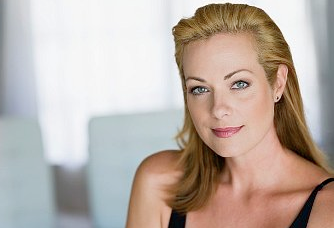 Are your locks lingering on the pillow each morning? If so, you’re like the millions of women each year with some degree of hair loss. In the following brief conversation, women’s health expert Marla Ahlgrimm offers answers on the causes of thinning tresses.
Are your locks lingering on the pillow each morning? If so, you’re like the millions of women each year with some degree of hair loss. In the following brief conversation, women’s health expert Marla Ahlgrimm offers answers on the causes of thinning tresses.
Q: Is hair loss normal?
Marla Ahlgrimm: It is to some degree. Hair follicles develop in cycles. During their growing phase, hair is healthy and stays put. The resting phase is a different story altogether. Throughout this stage of growth, hair follicles don’t hold on to hair as well, resulting in hair falling out, often in patches. It’s only when large groups of follicles rest that we notice thinning.
Q: How can a woman tell if she is losing too much hair?
Marla Ahlgrimm: The average human scalp has 100,000 hair follicles. A loss of around 100 hairs per day is perfectly normal and usually filled in by new growth. Anything more than that may be a sign of thinning hair. Keep in mind, however, that hair loss isn’t abnormal as women age and only about half of women enter their senior years with the same amount of hair they had in their 20s.
Q: What is alopecia?
Marla Ahlgrimm: Alopecia is the scientific name for hair loss. There are two main types of alopecia that affect women: Alopecia Areata, a treatable autoimmune disorder that is common in people with allergies, and Androgenetic Alopecia, hair loss associated with hormone variances, usually in menopause. The latter is most commonly referred to as Female Pattern Baldness.
Q: Are there natural ways to prevent hair loss?
Marla Ahlgrimm: Unfortunately, there hasn’t been a great deal of research into the subject of female hair loss. However, diet may play a role in its prevention. A life-long diet high in protein, fiber, and Omega-3s may help reduce hair loss later in life.













 Marla Ahlgrimm has co-authored two ground-breaking books,
Marla Ahlgrimm has co-authored two ground-breaking books,